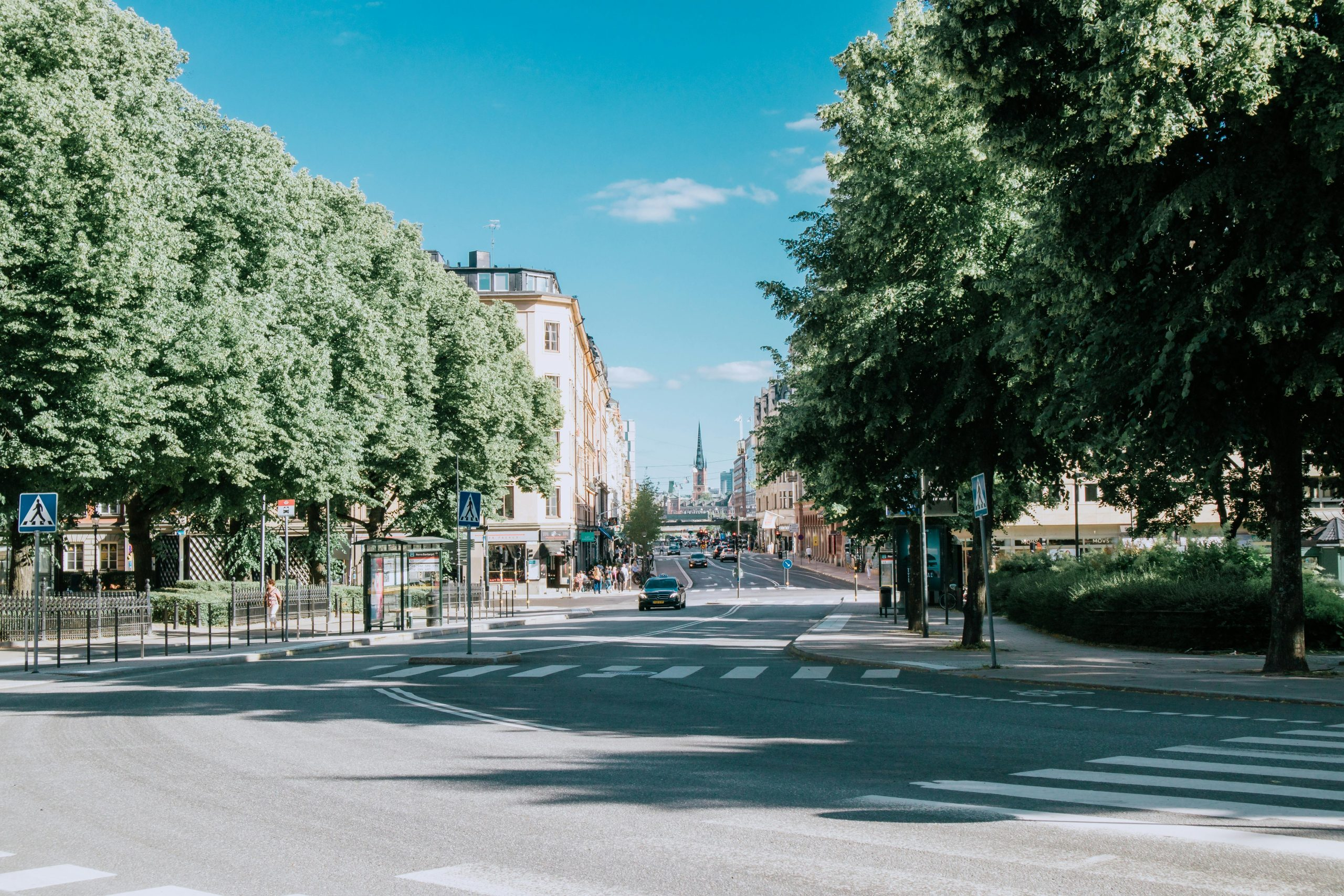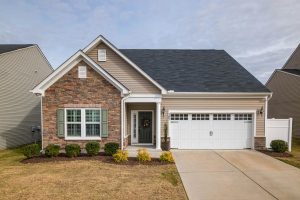Urban and Suburban Living: Bridging the Lifestyle Divide
The debate between urban and suburban living has long been an ongoing discussion amongst individuals seeking a new place to call home. While both settings have their own unique charm and offerings, they also come with their fair share of drawbacks. However, with the rise of modern technology and the blurring of lines between city and suburban life, is it possible to bridge the lifestyle divide? In this article, we will dive into the differences between urban and suburban living and explore how these two seemingly opposite worlds can be combined to create the ultimate living experience.
The Appeal of Urban Living
Urban living is often associated with bustling city centers, high-rise buildings, and a fast-paced lifestyle. This lifestyle has its own set of perks, such as a wide variety of job opportunities, diverse cultural experiences, and a vibrant social scene. The convenience of having everything within walking distance or a short commute is also a major draw for many individuals.
However, living in a city also comes with its fair share of challenges. The high cost of living, lack of personal space, and noise pollution are just a few factors that can make urban living less appealing for some. This is where suburban living comes into play.
The Allure of Suburban Living
Suburbs, on the other hand, offer a slower pace of life, spacious homes, and a sense of community. Away from the hustle and bustle of the city, suburbs are known for their peaceful and family-friendly neighborhoods. The lower cost of living is also a major plus for those looking to save some money.
However, suburban living can also have its downsides. The lack of job opportunities, longer commutes, and limited social activities can make it feel isolating for some individuals. This is where the idea of bridging the lifestyle divide comes into play.
Merging Urban and Suburban Living
With the advancements of technology and the emergence of mixed-use developments, the lines between urban and suburban living are becoming increasingly blurred. More and more suburban areas are incorporating urban elements to create a more dynamic and diverse community.
One way this is being achieved is through the development of mixed-use neighborhoods. These communities offer a combination of residential and commercial spaces, meaning residents have everything they need within walking distance. This brings the convenience of urban living to the suburbs, while still maintaining a sense of community and personal space.
Technology and the Shift Towards Remote Work
The rise of remote work has also played a significant role in bridging the lifestyle divide. With the ability to work from anywhere, individuals are no longer tied down to a specific location for work. This has opened up more opportunities for individuals to live in the suburbs, while still maintaining their city job or business.
Additionally, technology has made it easier for businesses to operate remotely, further reducing the need for a physical office in the city. This shift has led to the creation of more coworking spaces and startup hubs in suburban areas, giving residents the opportunity to work close to home without the hassle of a long commute.
The Best of Both Worlds
By merging urban and suburban elements together, individuals get the best of both worlds. They can enjoy the convenience and excitement of city living, while also having the peace and quiet of suburban life. This ultimately leads to a more balanced and fulfilling lifestyle.
The bridging of the urban and suburban lifestyle divide also allows for a more diverse community. With people from all walks of life coming together in one neighborhood, there is a greater sense of understanding and cultural exchange, making it a more enriching place to live.
The Future of Urban and Suburban Living
The merging of urban and suburban living is not just a trend, but rather a reflection of the changing needs and wants of individuals. As technology continues to advance and people seek a more balanced lifestyle, we can expect to see more urban and suburban areas coming together to create the ultimate living experience.
In conclusion, while the debate between urban and suburban living will continue, it is clear that the lines between the two are becoming increasingly blurred. Through the incorporation of technology and the development of mixed-use neighborhoods, it is now possible to bridge the lifestyle divide and create a more harmonious and diverse community. So why choose between the benefits of city and suburban living when you can enjoy the best of both?











